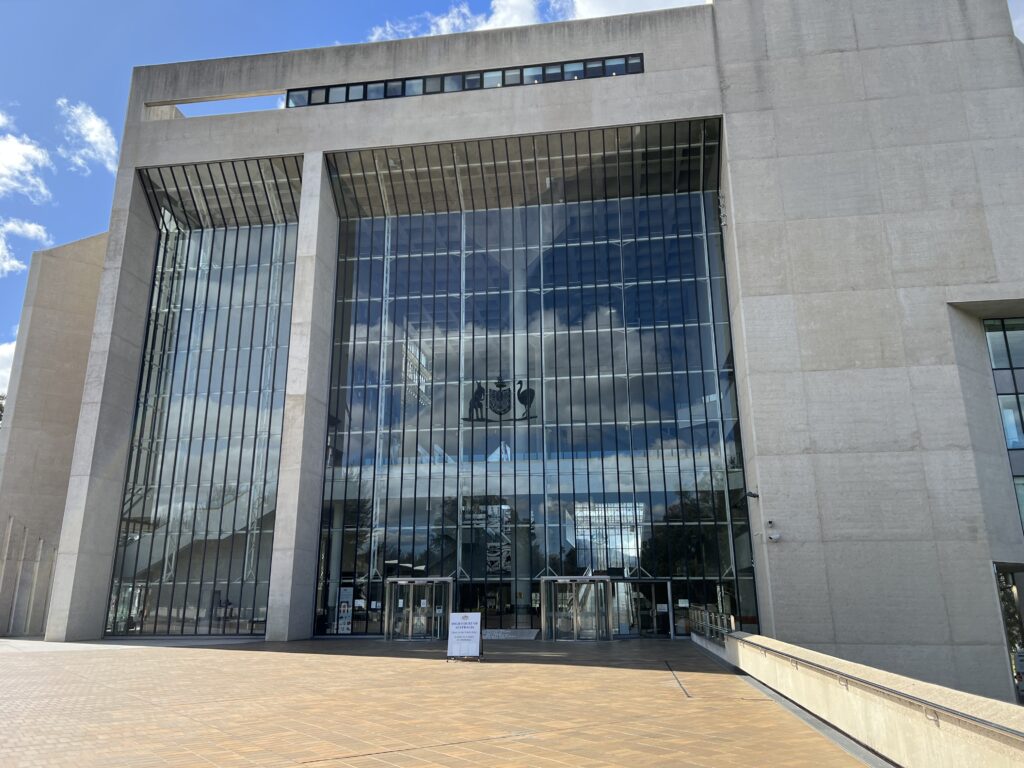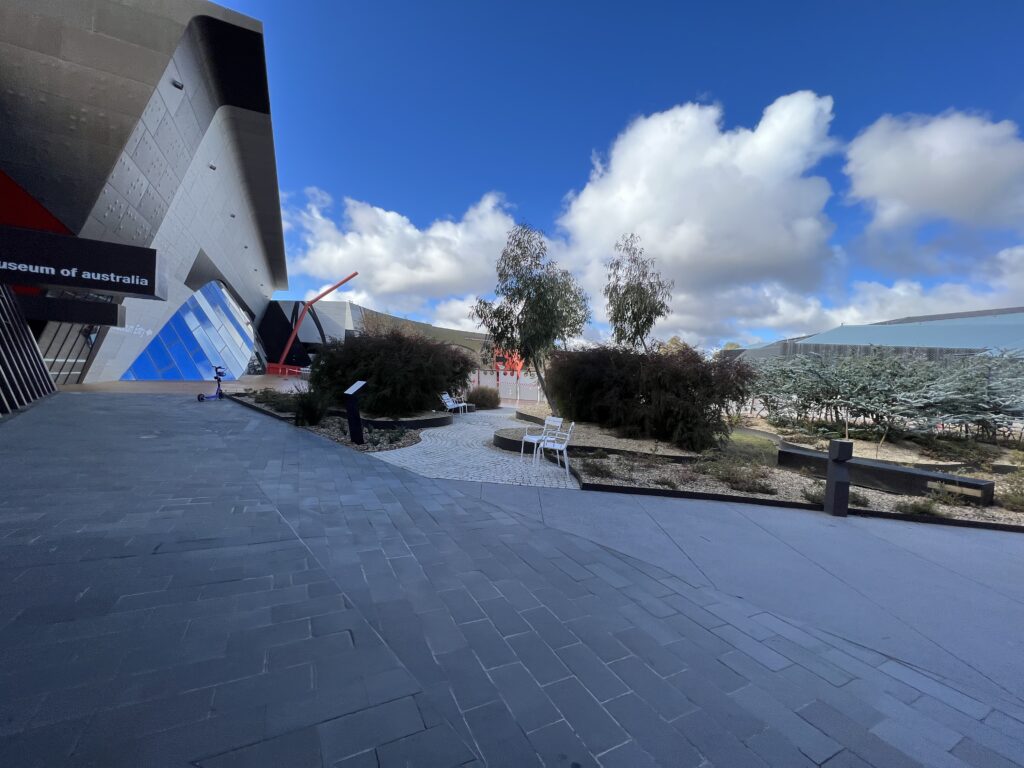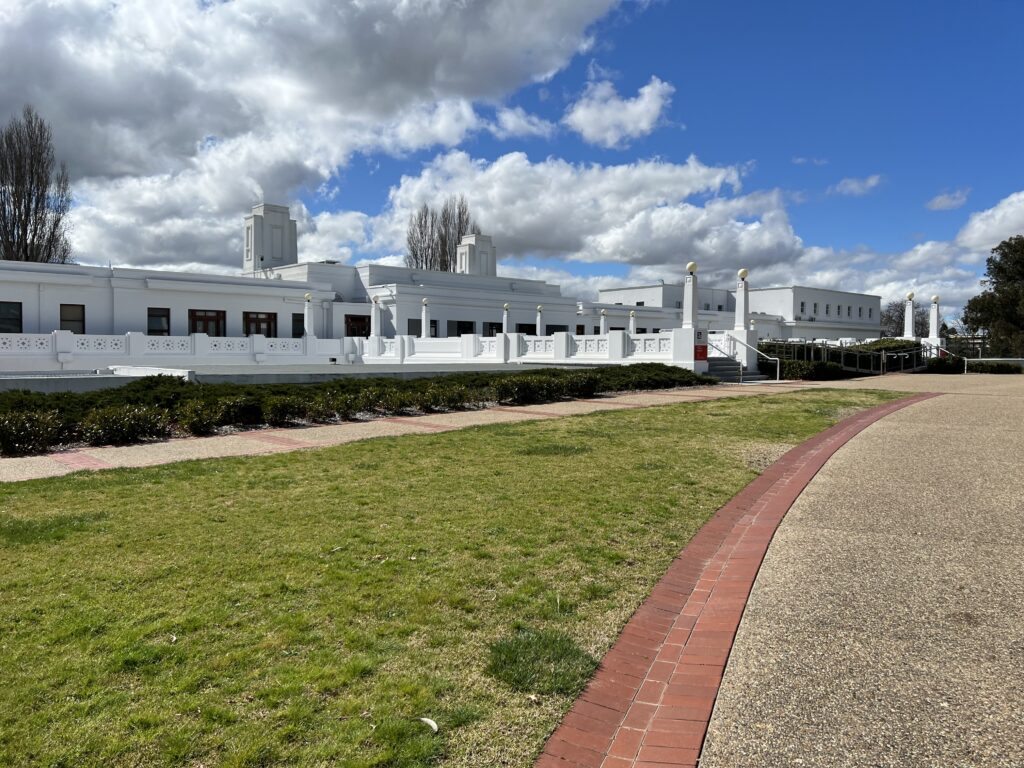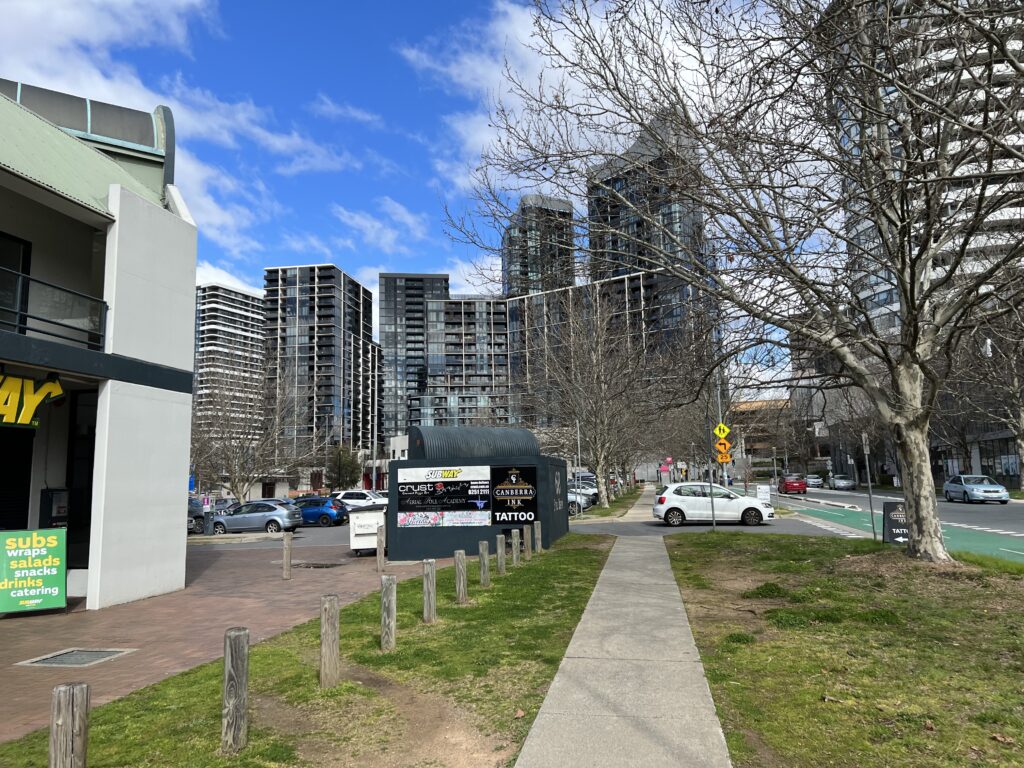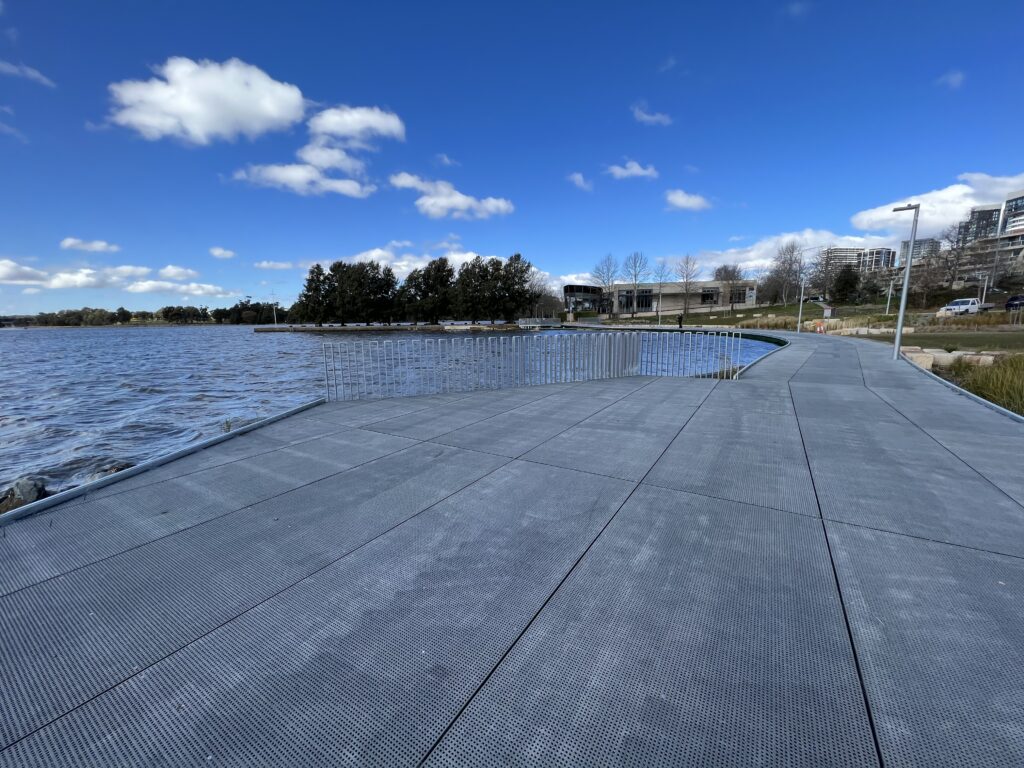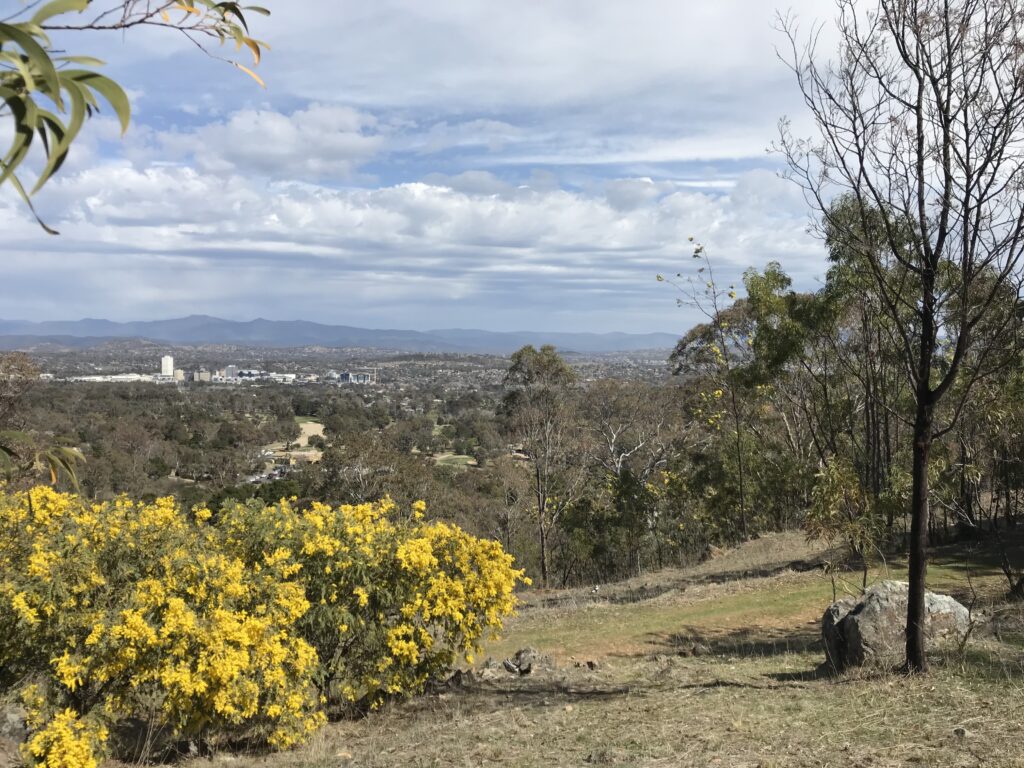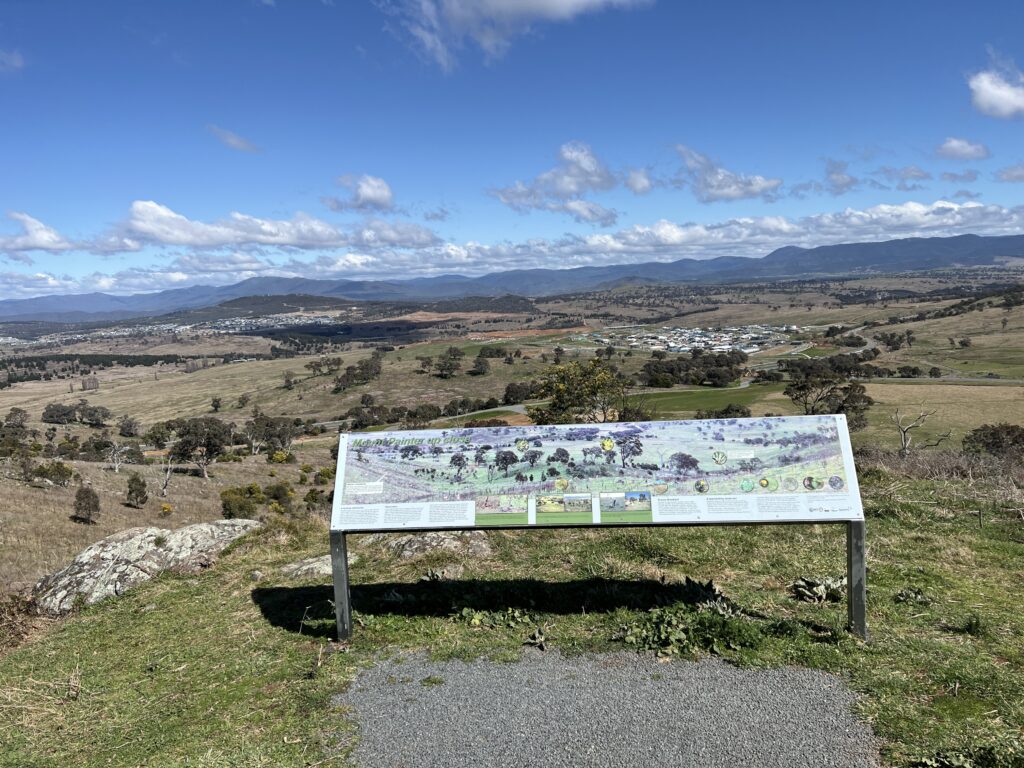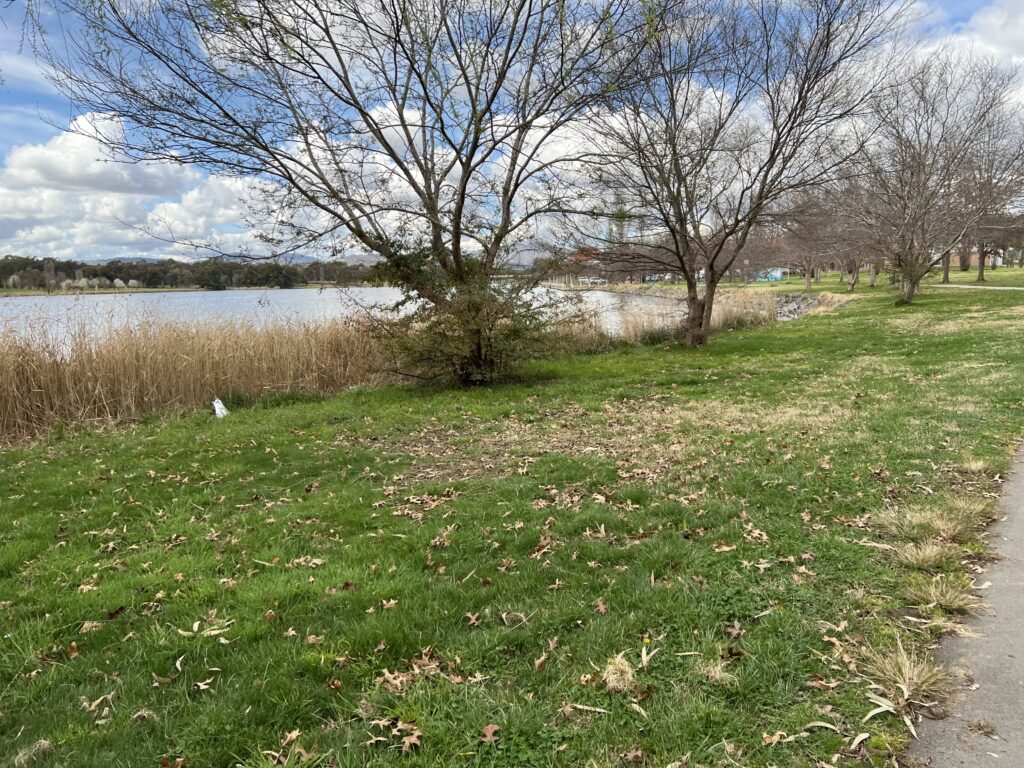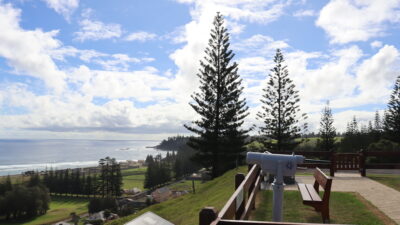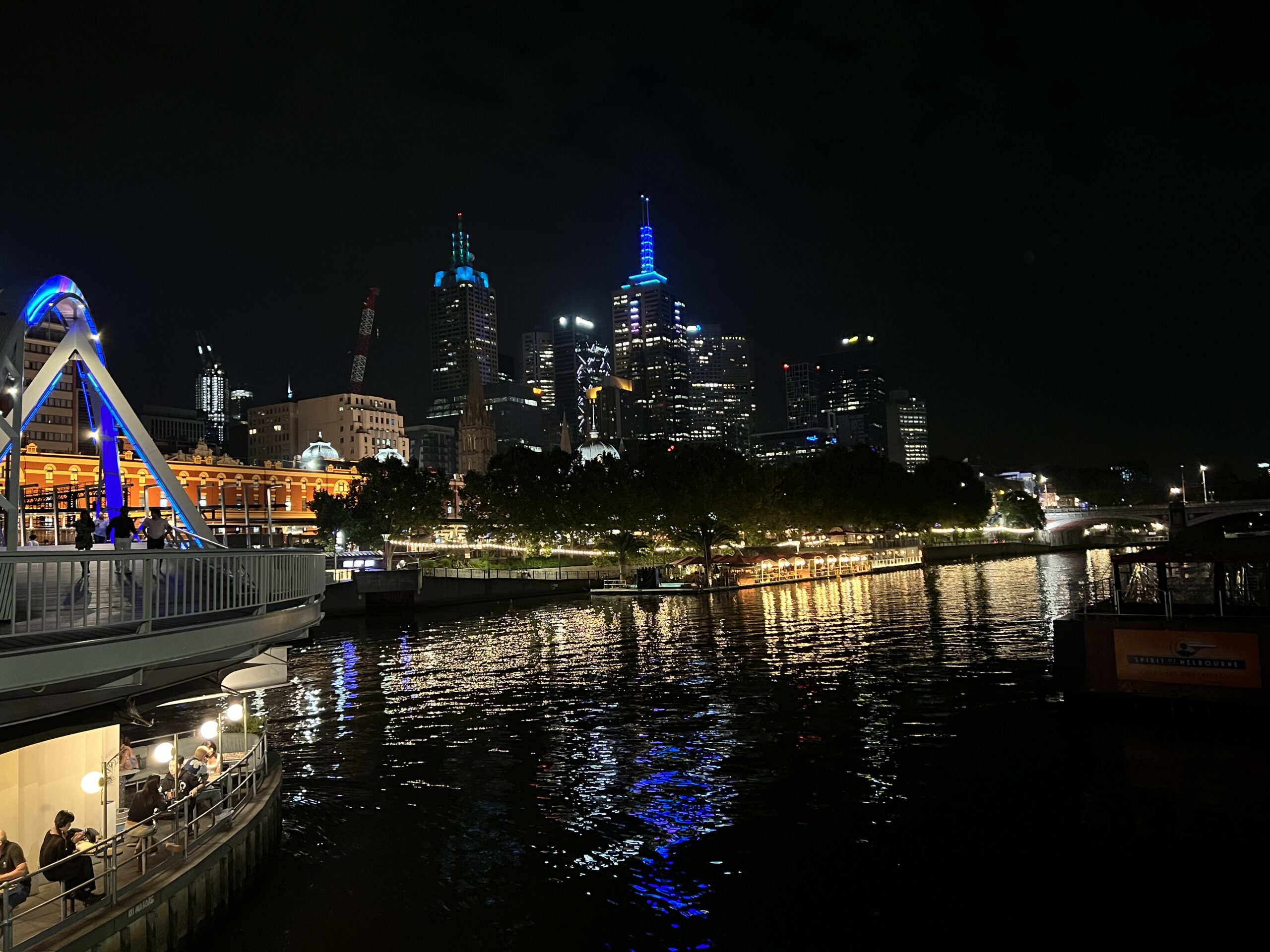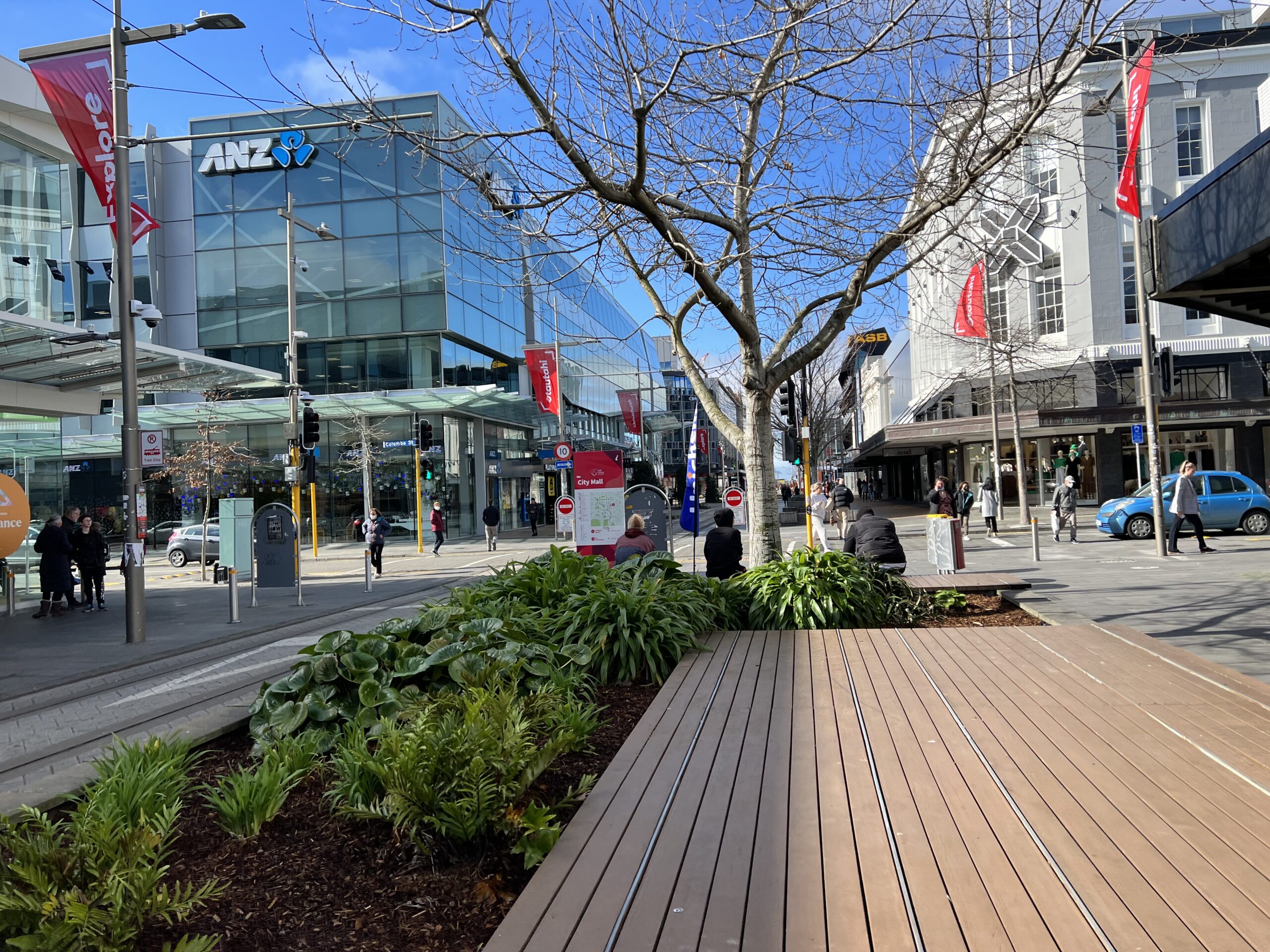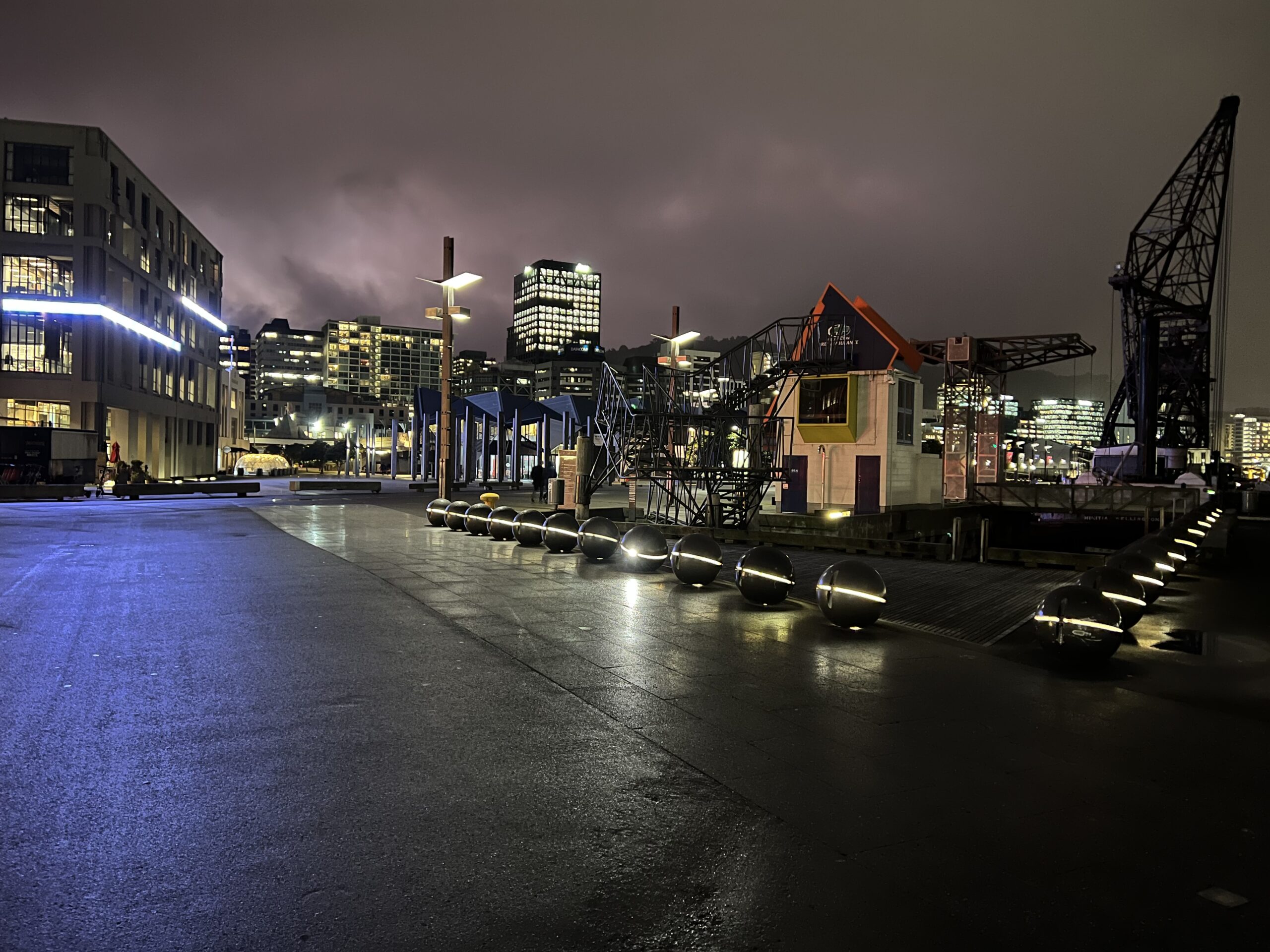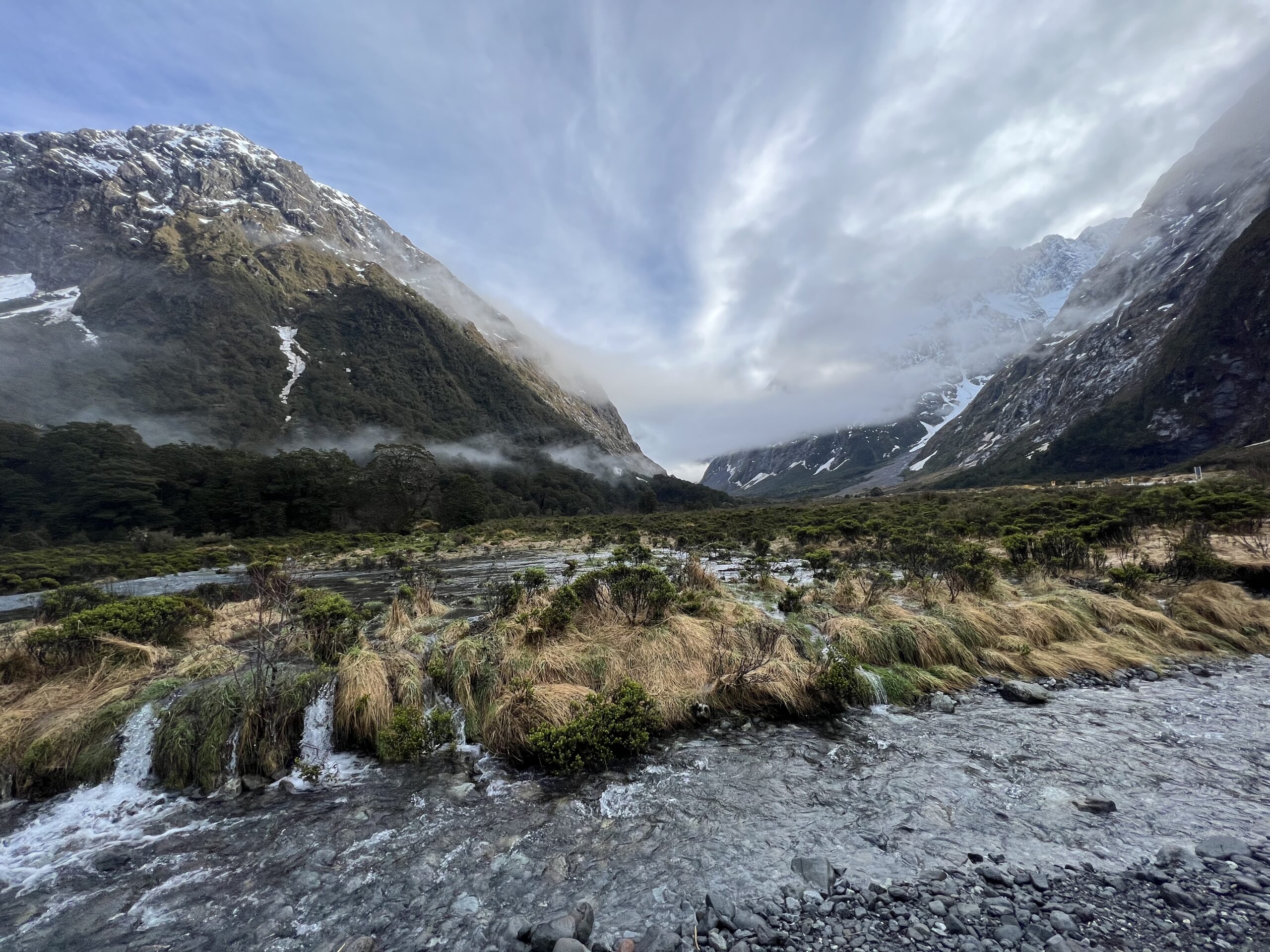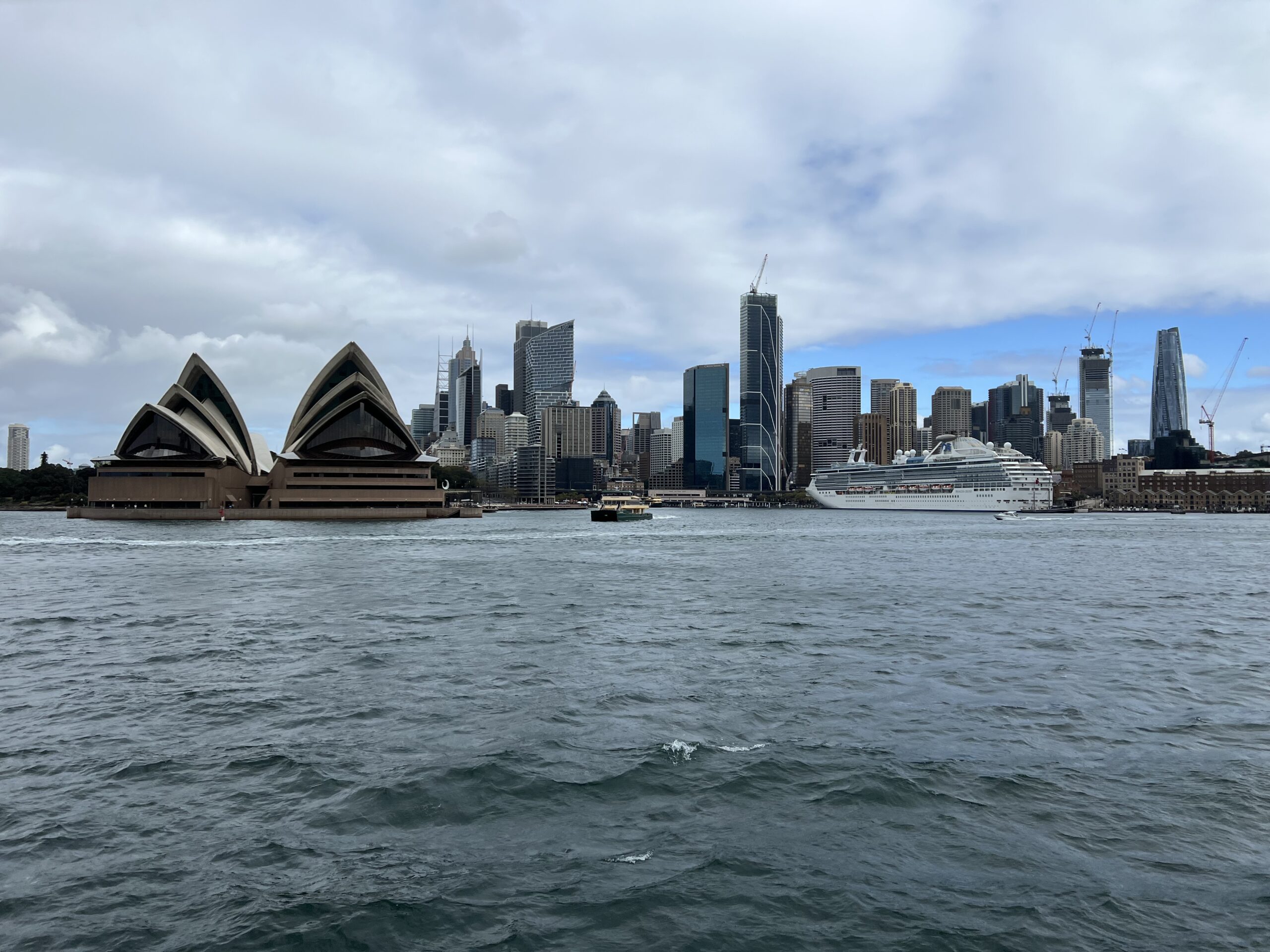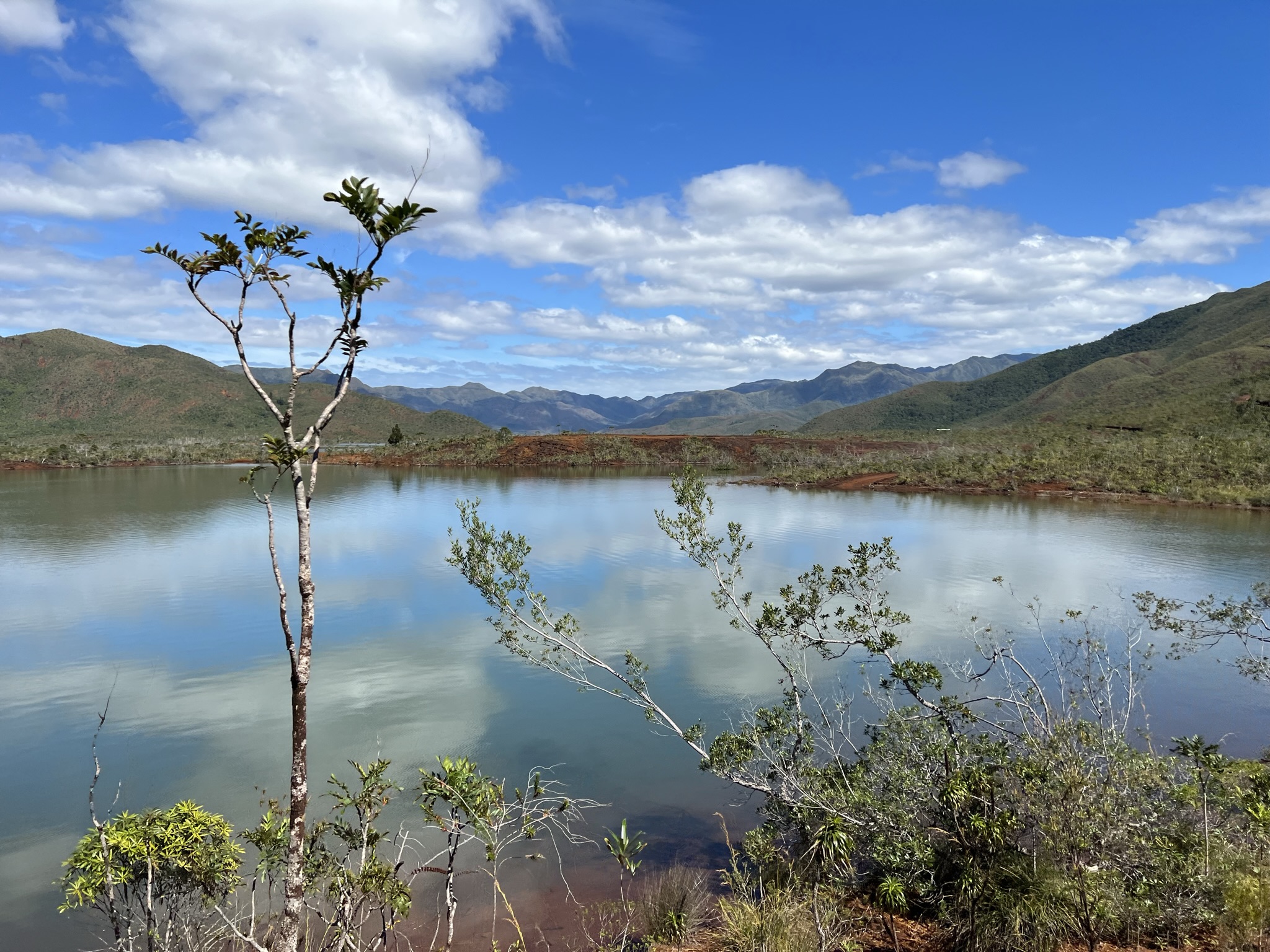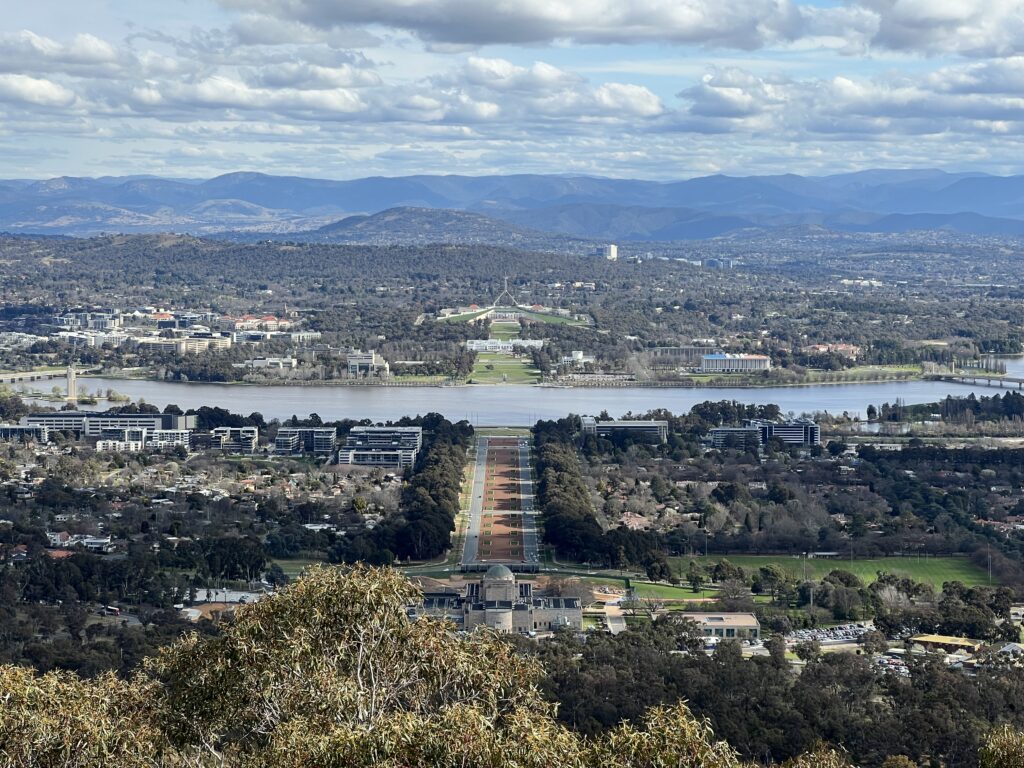
Why is Canberra a Great Place to Visit?
Canberra some times may garner a somewhat unfair reputation. Being the heart of Australia’s political scene and a host to a large portion of Australia’s public service many shrug off a visit to the city thinking that it doesn’t have much else to offer and perhaps citing it as been a little bit dull. We couldn’t further from disagree and contented that Canberra is a great place for a short stay or perhaps a weekend and with plenty of interesting things to see and do. Whether the numerous national museums and institutions on offer interest you or you enjoy the great outdoors and nature there will be sure something you’ll like in Canberra!
Canberra’s proximity and excellent connectivity to a large amount of Australia’s eastern seaboard population makes getting to the capital a breeze. For those living in Sydney it is only a comfortable half day journey by car, bus or rail and from Melbourne and most of the main regional centers of NSW and Victoria closer to a full day’s drive. It is also easy to get to Canberra from all of Australia’s capital cities via plane. Continue reading for our 4 day Canberra itinerary !
Travelling to Canberra: What you need to know
Flights
Canberra Airport offers flights to all of Australia’s capital cities and select regional destinations with the most common routes been from Sydney (45 minutes), Melbourne (1hr) or Brisbane (1hr 40m). The most common players on the route are Virgin Australia, Qantas and Jetstar although several smaller players such as REX (Melbourne), Link Airways (Newcastle) and Fly Pelican (Newcastle and Port Macquarie) also offer flights. Flight prices on the route are generally not as competitive as some of the key domestic corridors in Australia but with extra competition recently coming from Jetstar good value fares can still be especially had when booking in advance and during quieter periods. Flights to Canberra are a good rewards seat opportunity and usually present excellent redemption value due to higher cash fare prices on this route. We arrived into Canberra coming down from Brisbane on a Virgin business class flight which you can read about here.
Accommodation
It is no surprise as Canberra attracts a huge amount of business and government travel there is no shortage of quality accommodation options in Canberra that attract corresponding high prices. Canberra does however offer a wide range of accommodation options to suit all tastes.
In Canberra there is one main hostel called The Village catering towards budget travelers and several budget motels and also university accommodation which may offer short stay arrangements. Several holiday parks are also available in Canberra and along its outskirts for those touring by road and perhaps camping or caravanning. Plenty of the mid range and high end hotel chains are also present all up to the most luxurious of properties. Whilst prices tend to be on the higher side than elsewhere in Australia good specials can still be had when booking in advance or during off peak periods
Booking.comWeather
Canberra has a true four seasons climate with warm summers and especially cold winters for Australian standards. Canberra has a relatively dry climate with only an average rainfall of 580ml spread fairly evenly across the months of the year. In Summer expect general warm days although with some much hotter spells with average temperatures just shy of 30 degrees. Spring and Autumn generally vary wildly between cool and warm with nights generally quite cold. Winter’s can be harsh for Australian standards with maximums in the low teens or minimums often falling below freezing. Snow often falls on the nearby ranges whilst it is not unheard of to fall in Canberra itself once or twice a season. No matter what time you choose to visit Canberra won’t be a bad time with all the cultural attractions and museums open year round. Those wishing to visit Canberra at it liveliest should plan to be here during Parliamentary sitting weeks whilst those wishing to explore the national parks and nature reserves of the region may wish to visit in spring or Autumn whereby the temperatures are more moderate. We’d recommend consulting with the Australian Bureau of Metrology website for all the latest weather conditions, warnings and forecasts.
How to get around
Due to Canberra being a highly planned city it is not hard to get around. Many of the city’s key attractions in and around Civic, Lake Burley Griffin or the Parliamentary Triangle can easily be seen on foot although Canberra is a great city for cycling or hiring a e-scooter which will make it a breeze getting around. For visits further into the suburbs and out to the satellite cities, Canberra has a very well connected public transport system of busses and light rail which also make it easy to get around. The neighboring NSW satellite city of Queanbeyan which for all intensive purposes is a part of the Canberra metropolitan area can also be reached by local bus operator Q City Transit as well as neighboring NSW towns. Whilst it is possible to book day tours to some of ACT’s surrounding region and national parks, it is certainly easiest to rent a hire car to see nearby national parks.
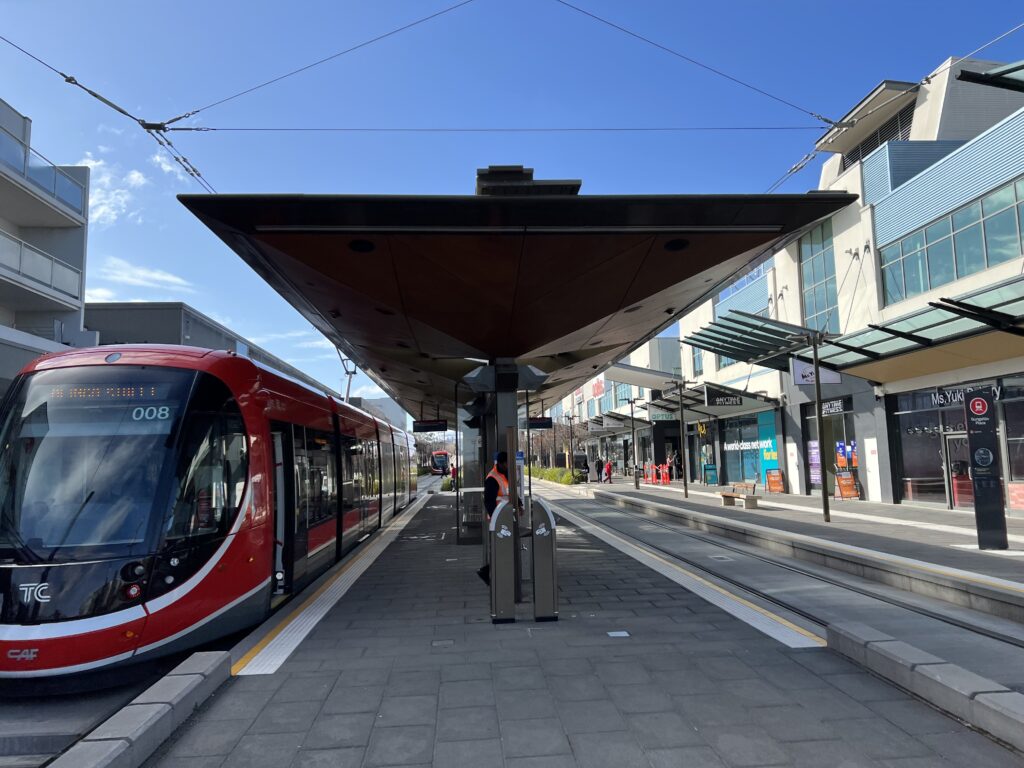
Whilst in Canberra we recommend making use of either of the two e-scooter higher operators in Canberra whom offer a 3 day pass for $25 (which includes either 90 mins or 120mins use a day) and getting a public transport day pass for $9.60 as the primary ways to get around.
Recommend 4 Day Canberra Itinerary
Day 1: Explore Civic, Climb Mount Ainslie and Visit the Australian War Memorial
Exploring Civic and Inner Canberra Suburbs
Exploring Canberra’s CBD also knowing locally as Civic and its trendy inner city suburbs is a great way to begin your Canberra stay. Here you’ll find no shortages of shopping, eating, dining and drinking options whilst the nearby suburb of Braddon north of Civic acts as Canberra’s nightlife district with plenty of trendy bars and a famous craft brewery Bentspoke. Head to the southern boundaries of Civic and you’ll find the prestigious Australia National University in Acton which is well worth a walk through to see some of Australia’s finest research and development expertise in action. Nearby you’ll also find the National Sound and Vision Achieves and also Black Mountain which offers panoramic views of Canberra from atop of the Telstra Tower
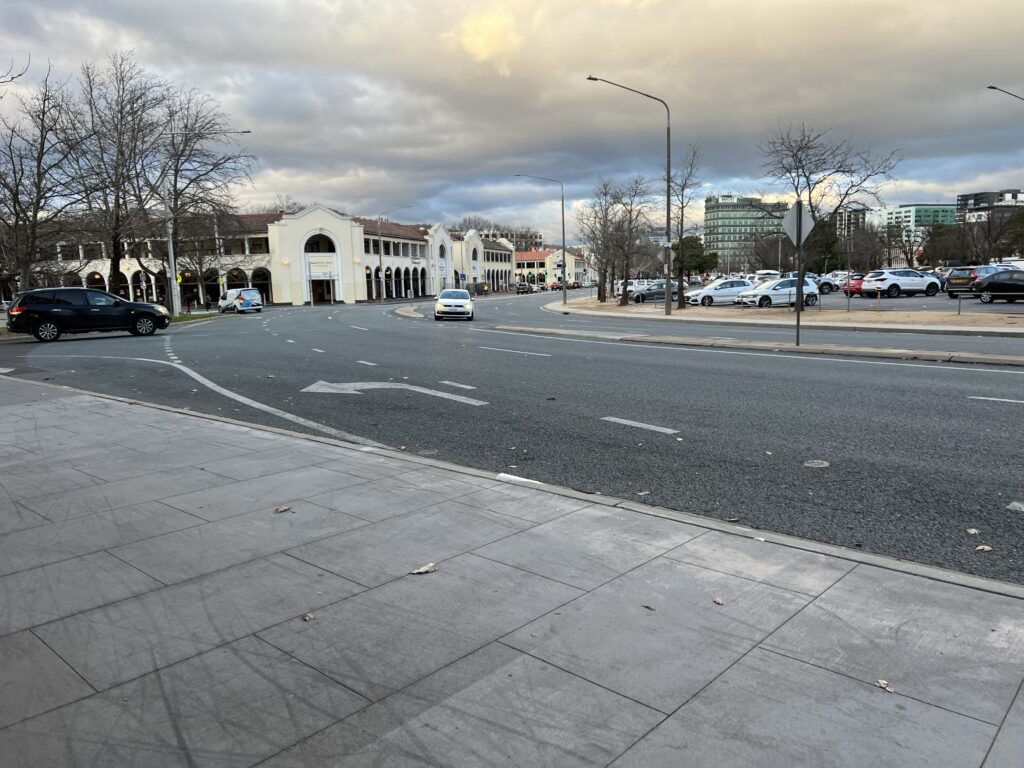
Climb Mount Ainslie for Spectacular 360degree views of Canberra
Located in the nearby suburb of Ainslie, you’ll find Mount Ainslie, Canberra’s premier vantage point. If you have a car you can easily drive the short distance to the summit or otherwise you can walk take the aptly named Kokoda track which will take you to the summit and back in 4.5km. Allow 1-1.5hr to complete the walk with the trailhead beginning behind the Australian War Memorial carpark. The walk up to the summit is particularly recommend if time permits as it gives you a great feel of how Canberra is known alternatively as the bush capital of Australian. At the summit you’ll be treated to multiple different vantage points and 360 degree panoramic views including of the national mall leading all the way up to Parliament House.
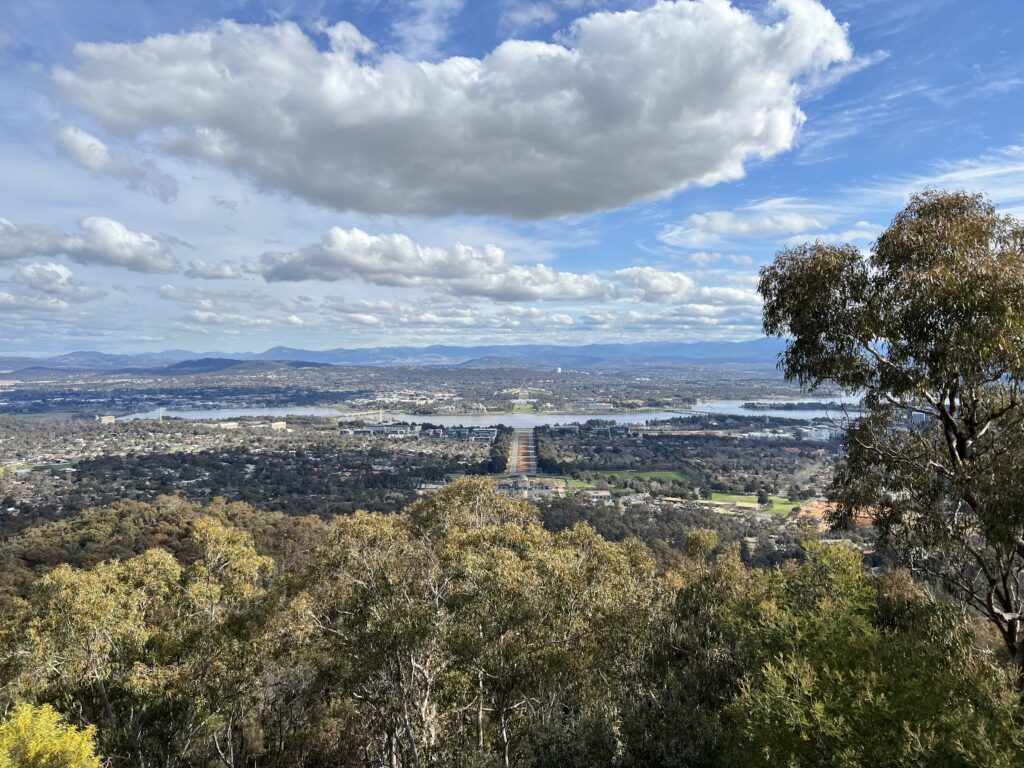
Australian War Memorial
An absolute must for any visit (or repeat visit) to Canberra is the free Australian War Memorial. Plan to allow at least a half day here although you could easily spend a whole day here absorbing all the different galleries on offer which offer a complete history of Australia’s war history and involvement.
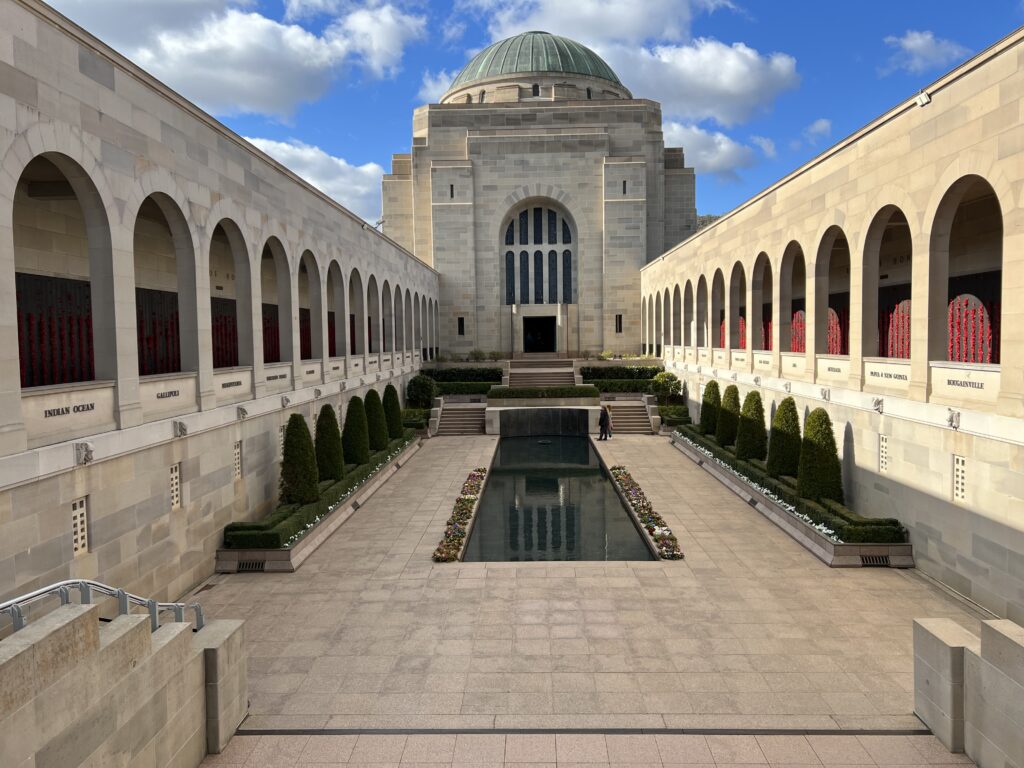
Day 2: Visiting Canberra’s Cultural Institutions
National Institutions and Museums Parliamentary Triangle
Any visit to Canberra wouldn’t be complete without a trip over the Commonwealth Avenue Bridge which separates Civic over Lake Burley Griffith to Canberra’s Parliamentary Triangle and its vicinity. Here you’ll find most of Australia’s national institutions such as Parliament House, The High Court, Old Parliament House and the Museum of Australian Democracy, The National Gallery and National Museum of Australia. All are free attractions and many offer guided tours as well at no charge. Kids and Science nerds alike will also enjoy a visit to nearby Questacon which is Australian’s National Science and Technology Centre.
Cycle or Scoot around Lake Burley Griffith
Score a sunny day and you’ll find a great opportunity to walk, cycle or even e-scooter around Canberra’s picturesque man-made Lake Burley Griffin with all its excellent pedestrian and cycle pathways. All up the Lake Burley Griffin Circuit spans 27km but is broken into 3 shorter loops. The 4.9km Central Loop is the perfect option for those shorter on time and offers great glimpses of many of Canberra’s famed institutions. The longer 16km Western Loop and 9km Eastern Loop provide an even more immersive experience into Canberra’s nature reserves and wetlands uniquely nestled amongst the scattered population.
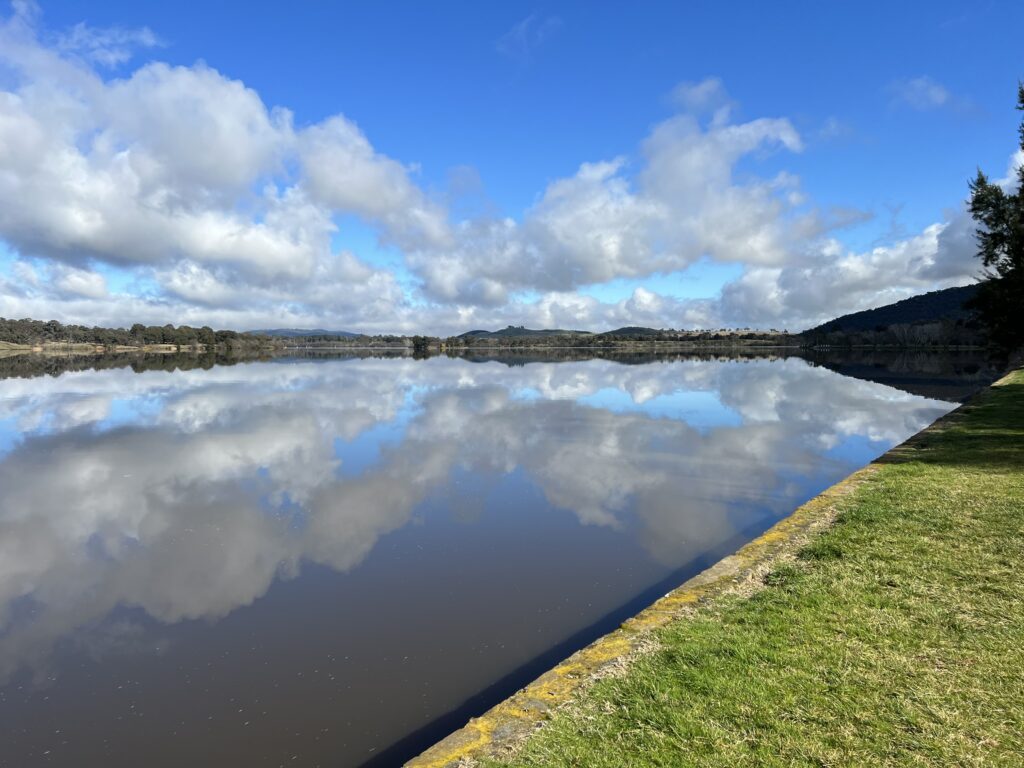
Day 3: Tour Canberra’s Satellite cities and Nature Reserves
Canberra is a uniquely designed city in that it is built around a hub and spoke system of satellite cities each with their own ‘city center’s’ and corresponding mini business districts. Each have high rise living, shopping centers and some are even based around large artificial lakes just like Canberra itself and are often separated to Civic by semi-rural bushland reserves giving each their own unique feel and standing.
They all have there own nature reserves and small mountains that you can climb offering great views of the region. If you don’t have access to a hire car we would recommend getting a public transport day pass for $9.60 and taking the Blue ‘Rapid’ bus services which link the satellite cities of Belconnen, Woden, Tuggeranong and Gunghalin with Civic and amongst themselves.
Day 4: Explore the Surrounding ACT region and its national parks
If you have access to a hire car, the wider region around Canberra offers no shortage of spectacular national parks and high mountain ranges and offers plenty of opportunities for hikers, bikers and even cross country skiers during the winter months.
Some of the ACT’s most impressive include Namadgi National Park which makes up a huge 106,095 hectares of alpine, sub alpine and mountain bushland and comprises nearly half of the ACT’s whole territory. Tidbinbilla Nature Reserve is a great place to explore quintessential Australian bushland and wildlife and offers a wealth of 24 marked walking trails ranging from 15 minutes to all day hikes. Here you’ll be sure to find something to suit everyone and all fitness levels!
Klook.com
